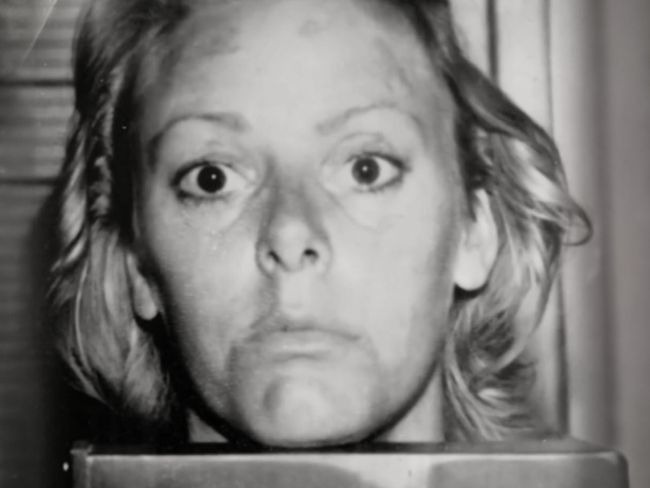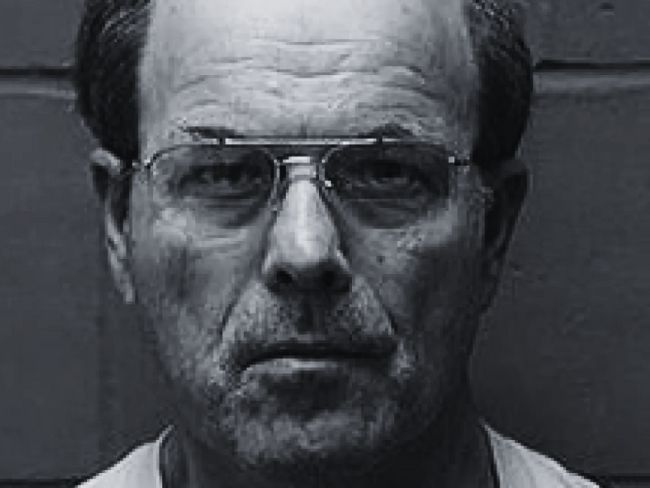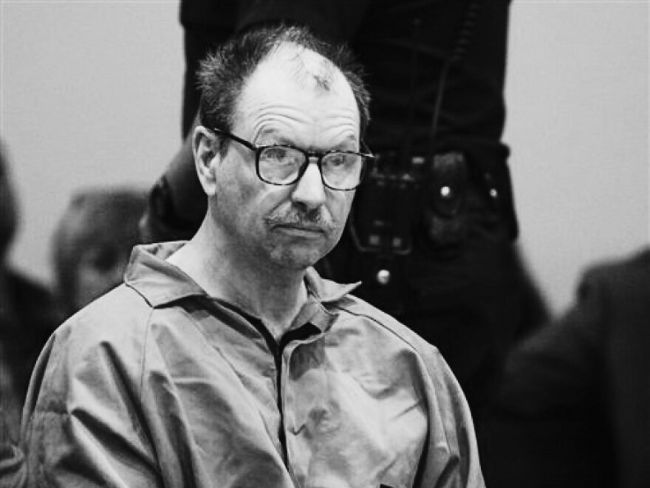Introduction
Aileen Carol Wuornos was one of the most infamous female serial killers in the USA, whose life story was on the edge of tragedy and terror. Aileen Wuornos was not only a criminal but also a survivor of unremitting trauma, a figure who people feared and pitied, whose narrative makes us question our perception of evil, justice, and the human mind. Her story is not only about murder, it is the story of a mind changed by cruelty, a soul hardened by betrayal, and a life that would not bow to a merciless world.
Early Life of Aileen Wuornos
This world didn’t provide her with any comfort since her birth. Her mother, Diane Wuornos, left her when she was young in the care of her grandparents, Lauri and Britta Wuornos, in Michigan. Her father, Leo Pittman, was not present with her in times of need. Her childhood ended with a sense of confusion, fear, and the constant torment of being undesired. School was no haven; she had problems at school both academically and socially, and even at the age of a teenager, she had started losing her footing in the trappings of normal life.
Young Adulthood and Struggles
Adulthood did not bring her any relief. She was roaming from one place to another without a sense of stability and security. Jobs were temporary, and so was the nature of relationships. Aileen was all by herself, betrayed and used by her own, and unable to trust anyone. At this point, she resorted to sex work not because she wanted to but because she had to. Yet even then, Aileen still desired relationships, understanding, and a life free from fear. At the end of the 1980s, Aileen moved to Florida. After this, the direction of her life started to change drastically.
The First Murder: Florida Deadly Highways
On November 30, 1989, police found Richard Mallory’s dead body in a rural part of a Florida highway. Initially, detectives could not find anything. There was no witness, no immediate leads, and no clear motive. The scene projected a violent fight, though the killer was unknown.
The Escalation: follow-up Murders
Following the death of Richard Mallory, more dead bodies appeared along Florida highways. With each find, the unease of the law enforcers increased. A police officer started to suspect an alarming trend: multiple murders in lonely places, but it was hard to tie the murders to one suspect. The victims themselves did not know each other, so there were not many leads to follow, and the lack of forensic evidence made it more difficult. By the middle of 1990, it became impossible to deny that a serial murderer was a reality; however, it was a difficult task to find the individual behind the murders. With every new homicide, the mystery became even deeper, and the fear that took hold of the local communities as “Damsel of Death” started growing.
The Arrest of Aileen Wuornos: The Criminal Caught
By the end of 1990, the police became more desperate and determined to catch the killer. Investigators put on a higher level of surveillance, interviewed witnesses, and ran down all possible leads, but the killer proved inaccessible.
However, they finally connected the dots:
- Victims: middle-aged males driving down the highway late at night.
- Use of a .22 caliber pistol.
- Police found some crucial physical evidence that linked Aileen Wuornos to the crime scene.
- Aileen Wuornos made a fatal flaw by selling the belongings of her victims. Police traced this back to her.
Afterwards, the police detained Aileen Wuornos at a bar in Volusia County on an unrelated warrant on January 9, 1991. They obtained the cooperation of Wuornos’ girlfriend, Tyria Moore, and used her to emotionally pressure Wuornos into confessing her crimes.
On January 16, 1991, Aileen admitted to the murders of seven men, but claimed self-defense, alleging the men either raped or attempted to rape her. The confessions shock the whole nation.

What was the end for Aileen Wuornos?
After the confessions, the police immediately took Aileen Wuornos into custody.
Trial and Sentencing
The state put Wuornos on trial in 1992 over the killing of Richard Mallory. Throughout the proceedings, the court struggled with the complexity of her case, a woman whose traumatizing and abusive past led to evil deeds. According to prosecutors, she planned all the murders, whereas her defense pointed out her past victimization and her psychological condition. The courtroom became a battlefield of what is right and what is wrong. However, the court finally gave Aileen Wuornos the death penalty for her crimes.
Jail Life of Aileen Wuornos
Wuornos served an almost ten-year sentence on death row in Florida. Throughout this period, she gave multiple interviews, and when she reflected on her life, she appeared remorseful, justified, and defiant. She withdrew her argument on self-defense to the majority of the victims as she approached her execution, claiming that she had killed them to make money. Her account turned into a shocking study of trauma, survival, and human ability to be resilient and destructive at the same time.
Execution
Aileen Wuornos was executed at the Florida State Prison on October 9, 2002. Her demise concluded a horrible period in American criminal history and left a question: to what extent was her story influenced by situation, and to what extent by choice?
Aileen Wuornos’ Perspective
The life of Aileen Wuornos was full of suffering, survival, and twisted morality. According to Aileen, her grandfather sexually and physically abused her. At just 14 years old, she was raped and gave birth to a son. She lived the life of an outcast, being in prostitution. She said that the job was hazardous and that customers had maced, beaten, and raped her in some instances. These happenings left lasting marks upon her.
What Really Happened That Night?
Then one day, she met Mallory. She stated that Mallory attempted to rape her. In that particular moment, the survival instinct developed through years of trauma triggered a state of fear, anger, and desperation. She shot him at point-blank range. The killing was fast, but bone-chilling in its termination. She believes that she was doing this on the highways of Florida as a way of survival. She had argued that she acted in self-defense whenever she killed because she was defending herself against threats by men. However, she later repudiated that stand among the majority of victims, in stating that she murdered people to earn money.
Conclusion
Aileen, a victim and a predator: stuck in a loop of trauma that led to violence. Knowing Wuornos is grappling with the disturbing reality that her actions were not entirely driven by evil, but rather a life of suffering, betrayal, and emotional collapse. Or is it though?





No responses yet